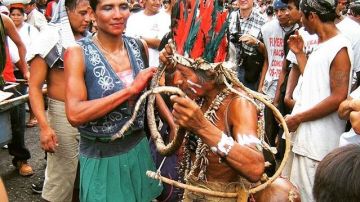5 Indigenous Peoples of Nicaragua
American Indians (Native Americans) make up about 5% of Nicaragua’s population

Photo: Instagram/tijaxcarballo
Chorotega
The Chorotegas arrived from southern Mexico (believed to be Chiapas) to the Pacific coast of Nicaragua around 800 or 900 AD. The language (tribes are usually separated by the language they speak) is spoken in Nicaragua, Honduras, El Salvador, and Costa Rica. Masaya, Managua, and Nicoya are all Chorotega (also known as Mangue) words.
wp_*posts
M.skitu (aka Miskitu or Miskito)
https://www.instagram.com/p/BlN8y88hGxK/?tagged=indigenousnicaragua
As of 2016, there were over 180,000 Miskito, in Nicaragua and Honduras. Also known as M.Skitu, Miskitu, Mosquito, Mostique, etc., they inhabit the Mosquito (Miskito) Coast (also known as the Miskito Kingdom), on the Caribbean side of the country. The culture is heavily influenced by African and English contact, with many natives being a mix of either Miskito and African, or Miskito, African, and English.
wp_*posts
Ocanxiu or Sutiaba
The Ocanxiu, or Sutiaba (also Sutiava), were originally from Mexico, and settled in the area of Leon in Nicaragua. The Indigenous Sutiava Museum displays artifacts of the tribe, and shares information on various native peoples of the country. The Sutiaba word for sun is ahka.
wp_*posts
Rama
The Rama is a Chibchan language spoken by those in on the Caribbean coast (from Bluefields to Greytown) and on Rama Cay in Nicaragua. The Rama word for woman is kuma. Unfortunately, the language is in risk of extinction, as less than 30 elders still speak it.
wp_*posts
Mayagna
https://www.instagram.com/p/BlbCoT2BL39/?tagged=indigenousnicaragua

















